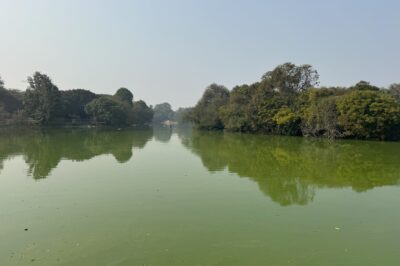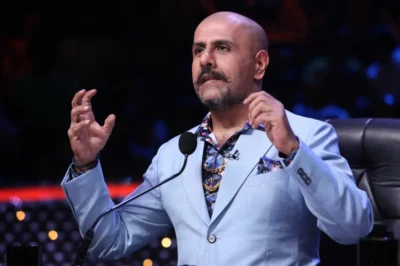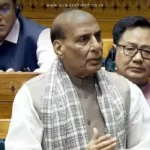
Introduction: A Landmark Intervention
In a significant move to protect urban green spaces, the Supreme Court of India has intervened to halt the large-scale tree felling in the Kancha Gachibowli forest area near Hyderabad. This decision comes after alarming reports highlighted the rapid destruction of this ecologically sensitive region, which is home to diverse flora and fauna.
Ecological Significance of Kancha Gachibowli
Kancha Gachibowli, often referred to as the “green lungs” of Hyderabad, boasts rich biodiversity, including various species of birds, mammals, and reptiles. The area shares ecological characteristics with the nearby KBR National Park, housing Schedule-I protected species under the Wildlife Protection Act. Environmentalists have long advocated for its designation as a national park to prevent irreversible ecological damage.
Court’s Observations and Orders
The Supreme Court, upon reviewing reports from the Telangana High Court’s registrar, expressed grave concern over the ongoing deforestation. The registrar’s findings indicated extensive tree cutting and the use of heavy machinery over approximately 100 acres of forest land. The court emphasized that such activities were being carried out without the necessary environmental clearances and without informing the public or relevant authorities.
In response, the bench directed the Telangana government to cease all tree felling activities immediately. The Chief Secretary was held personally accountable for ensuring compliance with the court’s order and was instructed to submit a comprehensive plan detailing the restoration of the affected area.
Legal and Environmental Implications
The court’s intervention underscores the importance of adhering to environmental laws, including the Forest Conservation Act and the Wildlife Protection Act. It also highlights the necessity of conducting Environmental Impact Assessments (EIAs) before undertaking any developmental activities in ecologically sensitive zones. The case serves as a reminder of the judiciary’s role in safeguarding natural resources against unchecked urban expansion.
Public and Institutional Response
The decision has been welcomed by environmentalists, students, and local communities who had raised concerns about the ecological degradation of the area. The University of Hyderabad, located nearby, had previously filed a Public Interest Litigation (PIL) urging the court to declare the land a national park. The court’s ruling aligns with these calls, reinforcing the need for stringent measures to protect green spaces in urban settings.
Future Outlook
The Supreme Court’s directive sets a precedent for the protection of urban forests across the country. It calls for a balanced approach to development that does not compromise environmental integrity. As the Telangana government prepares its restoration plan, the case will likely influence future policies on land use and conservation, emphasizing the importance of sustainable urban planning.
Conclusion
The Supreme Court’s intervention in halting the tree felling in Kancha Gachibowli marks a pivotal moment in India’s environmental jurisprudence. It reflects a growing recognition of the need to preserve urban green spaces amidst rapid urbanization. The case serves as a beacon for future efforts to harmonize development with ecological conservation, ensuring that progress does not come at the expense of nature.









































Leave a Reply